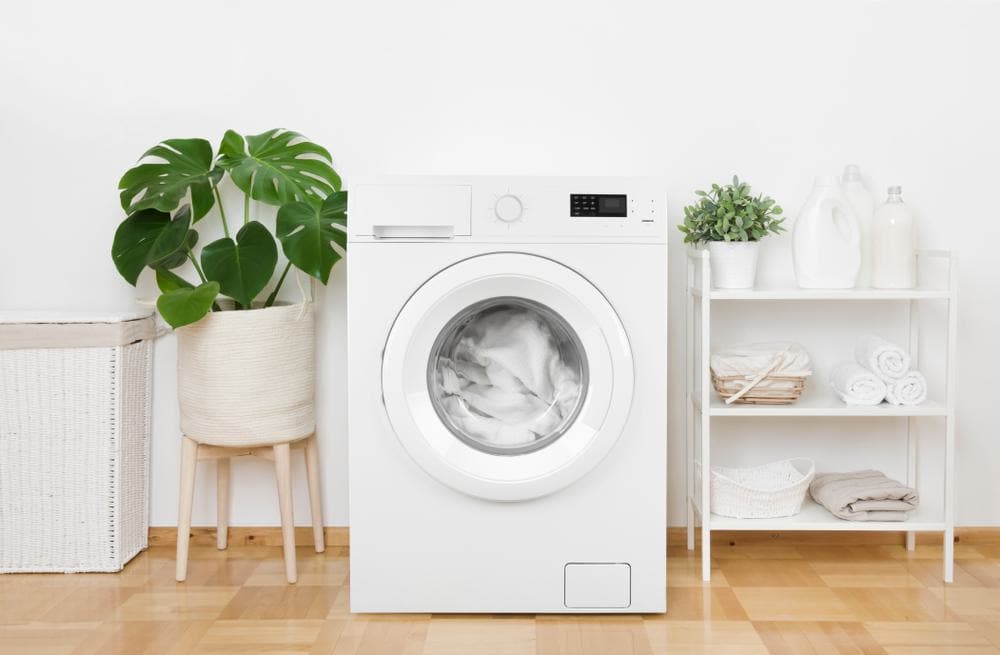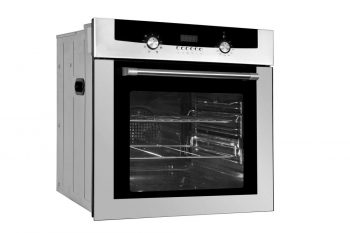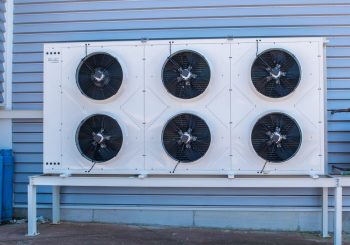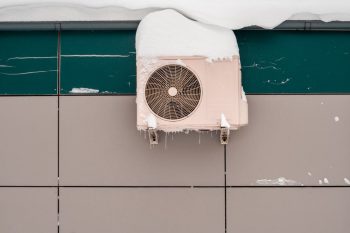
Running a washing machine drain hose may seem like a simple task, but there are several factors to consider to ensure that it’s done correctly. This comprehensive guide will walk you through the steps involved, common mistakes to avoid, and how to maintain your drain hose for long-term use and efficiency.
To run a washing machine drain hose, first, gather the necessary tools and materials. Connect the drain hose to the washer, ensuring it is installed at the correct height. Then, run the drain hose to the drainage point, making sure it’s properly supported and free from kinks or sharp bends. Secure the drain hose to the standpipe or wall drain using a cable tie or hose clamp. Avoid common mistakes like overfilling the washer, using the wrong detergent, and incorrect hose placement. Regularly inspect and clean the drain hose to maintain its efficiency.
What You Need To Know Before Installation
Before you install a washing machine drain hose, it’s essential to have the right prerequisites in place. These include a suitable drain pipe or sink, the necessary tools and materials, appropriate drain hose installation height, proper venting, water supply connections, and an electrical receptacle. For added security against leaks and water damage, you can also place the washing machine over a drain pan.
Tools and Materials Needed
The tools and materials needed for installation depend on the type of installation. For plumbing installation, you’ll need tools like a pipe wrench, adjustable wrench, plunger, pipe cutter, hacksaw, screwdrivers, tape measure, plumber’s tape, pipe bender, and more. For electrical installation, a non-contact voltage tester, wire strippers, tape measure, hammer, voltmeter or multimeter, utility knife, screwdrivers, pliers, electrical tape, and cable ties will be necessary.
Connecting the Drain Hose to the Washer
When connecting the drain hose, make sure that the drain hose is installed no lower than 15 inches and no higher than 40 inches from the floor. The drain hose should be fastened at regular intervals to keep it in place and prevent it from moving or kinking. Use zip ties, hose clamps, or hook-and-loop fasteners to secure the hose along the back of the washing machine or the laundry area’s walls.
Running the Drain Hose to its Drainage Point
Once the hose is properly connected to the washing machine, run the drain hose to the drainage point. Make sure that it’s properly supported and doesn’t have any kinks or sharp bends that could obstruct the flow of water. If necessary, use a hose clamp or zip ties to secure the hose in place.
Securing the Drain Hose
To secure the drain hose and avoid future leaks and disconnections, ensure that the drain hose is long enough to reach the drain pipe without stretching or bending excessively. Fasten the drain hose to the standpipe or wall drain using a cable tie or hose clamp provided with the washer.
Common Mistakes to Avoid
Avoid common mistakes such as overfilling the washer, kinking or cracking the hose, incorrect hose placement, insufficient space between the drainpipe and discharge hose, using the wrong detergent, and not installing the drain hose at the correct height.
Maintaining the Drain Hose
To maintain the drain hose for long-term use and efficiency, inspect the drain hose regularly, clean the drain hose, secure the drain hose properly, avoid sharp bends or kinks, ensure proper elevation, and regularly clean the washing machine drain.
Troubleshooting Tips
If your drain hose isn’t functioning properly, check for kinks or bends in the hose, inspect the hose for clogs, clean the drain hose, use a drain snake or wire, check the drain pump, and inspect the connections.
By following this comprehensive guide, you can ensure that your washing machine drain hose is properly installed, maintained, and troubleshooted when necessary.
Frequently Asked Questions
What type of detergent should I use for my washing machine?
Always use a high-efficiency (HE) detergent for your washing machine. Regular detergents can create too many suds, which can interfere with the proper functioning of the machine and the drain hose.
How often should I clean my washing machine drain hose?
It’s recommended to clean your washing machine drain hose at least once a year. However, if you notice that your machine isn’t draining properly, you might need to clean it more frequently.
What should I do if my drain hose is too short to reach the drain pipe?
If your drain hose is too short, you can purchase a drain hose extension kit from a home improvement store. Make sure to connect the extension properly to avoid leaks.
How can I prevent my drain hose from kinking?
To prevent your drain hose from kinking, ensure that it’s properly supported and not twisted or bent sharply. Use hose clamps or zip ties to secure the hose if necessary.
What should I do if my washing machine is overfilling?
If your washing machine is overfilling, it might be due to a problem with the water level control or the water inlet valve. If you’re not comfortable troubleshooting these components yourself, it’s best to call a professional.












